The U.S. version of The Traitors is vastly inferior to the U.K one — here's why
The Traitors is a great premise, but the Brits did a much better job of it

It’s rare to find myself watching a competitive reality TV show, and even rarer that the British and American versions would be broadcast so close together. But that’s exactly what happened with The Traitors, an adaptation of Dutch show De Verraders that can best be described as a competitive version of the party game Mafia.
The British version debuted on BBC One on November 29, ending just before Christmas, while the American version arrived on Peacock earlier this month (January 12). Having seen both versions, I have to say that the British version is so much better.
I don’t say that out of any sense of patriotism or loyalty to my countrymen. The simple fact is, the British version of The Traitors focuses on the stuff that really matters: the contestants, their relationships with each other and how they present themselves in contrast to their American counterparts.
What is The Traitors?
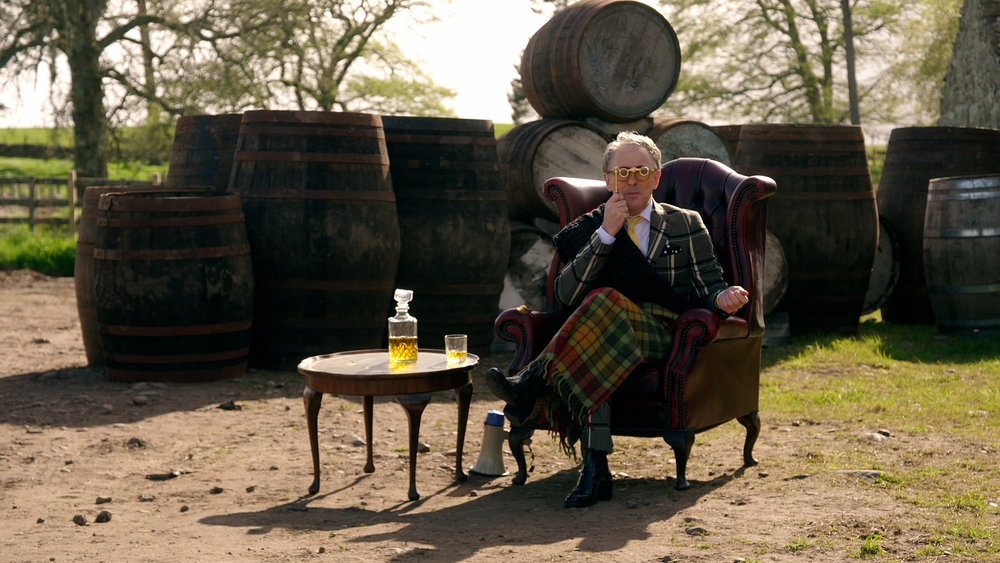
The Traitors is an adaptation of the Dutch game show De Varraders, which is itself reality TV’s take on the party game Mafia — sometimes known as Werewolf. The idea is that a group of strangers enter a Scottish castle as “faithfuls,” completing challenges to add money to a prize pool. In the U.K. version, that’s £120,000 while the U.S. players vie for $250,000.
The twist here is that three of the contestants are “traitors” who are tasked with murdering (not literally) a different faithful each night. The faithful have to try and figure out who the traitors are, and convince their comrades to vote the suspected traitor out of the game during the daily Round Table.
If all the traitors are banished before the end of the game, the remaining players split the prize money amongst themselves. But if any traitors are left by this point, they steal the money for themselves.
The Traitors UK gives us more time with the contestants
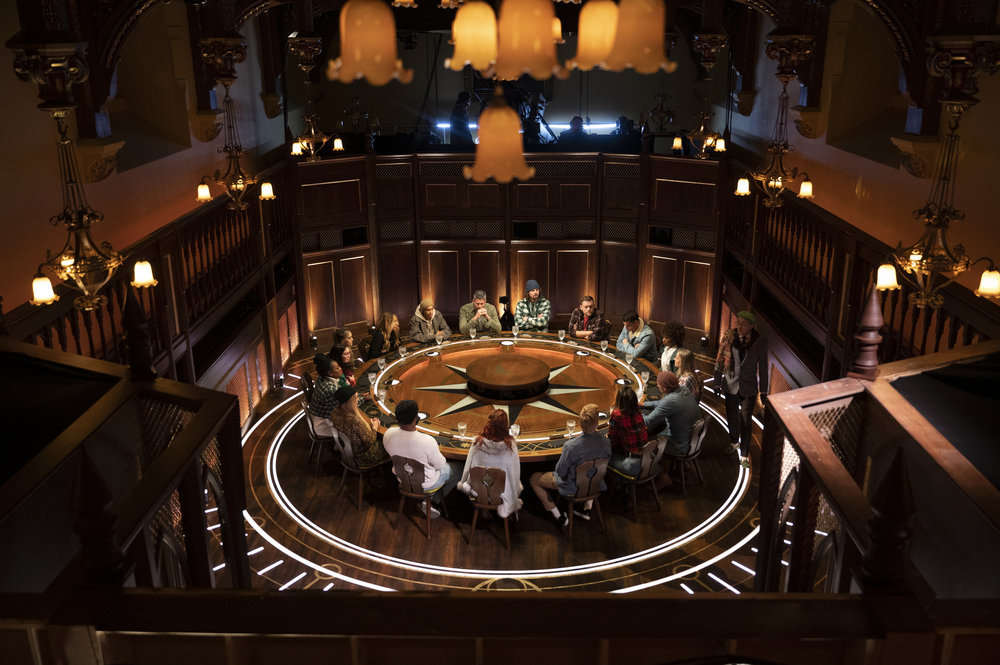
One of the key differences between both versions of The Traitors seems to come down to where they’re airing. The Traitors U.K. was made to broadcast on BBC One, a non-commercial station that has no advertising. That means each episode has to fill up roughly an hour, and clocks in between 57 and 59 minutes. The exception was the U.K. finale of The Traitors, which clocked in at a slightly-extended 62 minutes long.
Get instant access to breaking news, the hottest reviews, great deals and helpful tips.
Peacock is a streaming service, so the usual rules of U.S. TV don’t apply. However each episode tends to follow the general commercial TV network format — content plus commercials that adds up to roughly an hour. So each of the first nine episodes runs 44 to 58 minutes long, with an extended 71 minute finale.
The more consistently long runtime combined with the extended episode count
means the U.K. version of The Traitors gives you a lot more time with the contestants that just isn’t there in the American one. Since both shows had almost the exact same challenges, that extra time was spent focussing on the contestants' interactions with each other — and the drama that unfolded during the banishment sessions at the round table.
Frankly, the American version of the show feels rushed by contrast and seems to end far too quickly, especially during the Round Tables. That in turn makes the show much weaker.
Traitors US contestants play the game very differently
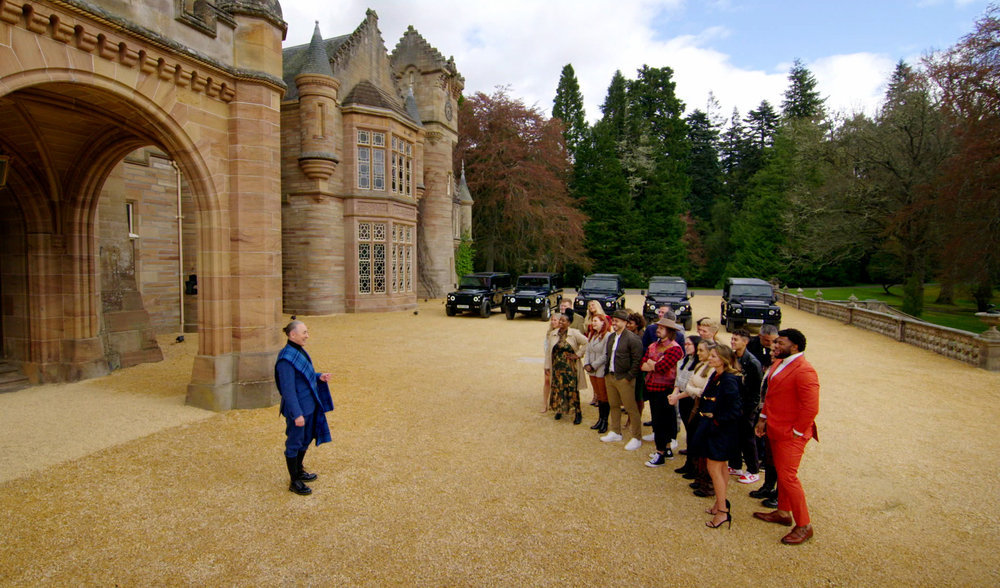
Perhaps it’s that we don’t see the players bonding or that the producers are deliberate with the way they edit the footage, but players on The Traitors U.S. are a whole different breed than their U.K counterparts. It’s clear from watching them that they’re much more focused on trying to win than they are about enjoying the experience as a whole.
Each U.S. contestant is the main character in their own story, and it makes them all seem a lot less genuine as a result. If anything, they feel more like actors in a scripted show than actual people trying to survive to the end of the game. The fact that half of the contestants in The Traitors U.S. are celebrities and former reality TV stars certainly doesn’t help these things.
The way everything is portrayed on screen in the U.S. version, any friendships and cliques that form seem to be more partnerships of convenience than genuine affection for one another.
The players on The Traitors U.K. are much more cohesive as a team. Barring the Round Tables, where it’s every player for themselves, they form into a team much more naturally than their American counterparts. Cliques still form, and those players are still very competitive, but they seem much more willing to let their guard down and enjoy their time together.
The UK players are an emotional tinderbox
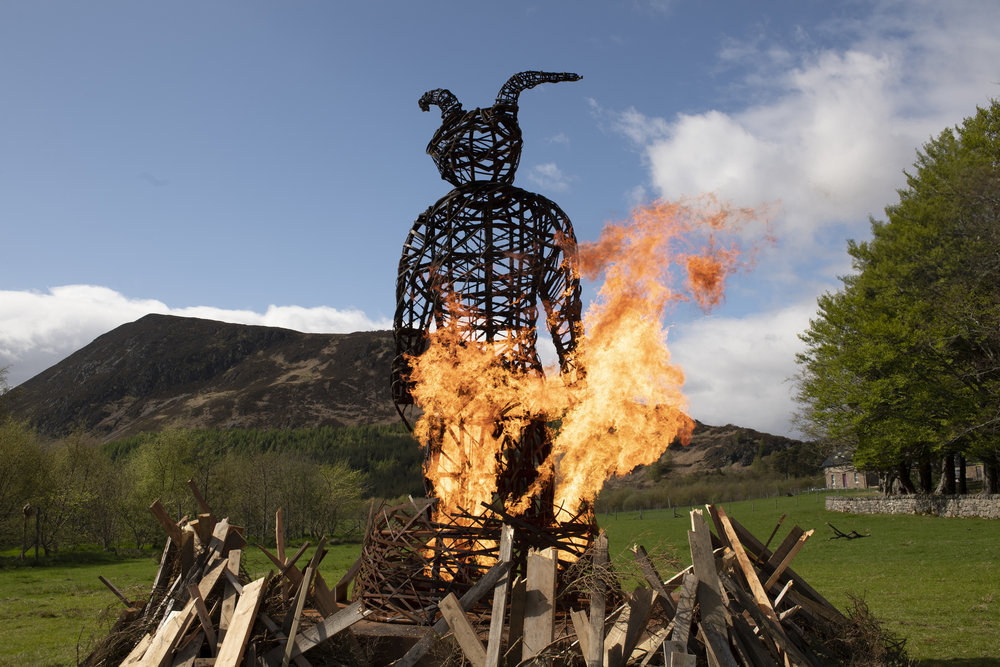
Of course while the U.K. players are generally more civil and willing to hang out together, the Round Tables are a different story. I like to describe it as an emotional tinderbox, because as soon as those players sit down, it’s impossible for them to keep their emotions contained. And the further the game progressed, the more explosive those outbursts would get.
I suspect it’s because the U.K. players were much nicer and more cordial to each other throughout the rest of the game — all while the pressures of playing were building up inside their minds. The Americans, on the other hand, had a habit of being a lot more open about their emotions in general. So without the chance to silently build up, they didn’t explode in anything close to the same way.
In fact, the only time we ever really saw any major emotional outbursts was when an innocent faithful got banished . But only very briefly, and it generally felt like it was shock more than anything else. That lack of drama meant it wasn’t nearly as much fun to watch. Reality TV only works when there’s drama, and The Traitors U.S. was really lacking in that department.
The fact the Brits could flip at a moment’s notice, and the fact you spent more time getting to know them as people, meant there was some major tension in that room as the votes were coming in.
Though the one thing they both have in common is someone would always misspell one of their comrades’ names
The real The Traitors is the friends you make along the way
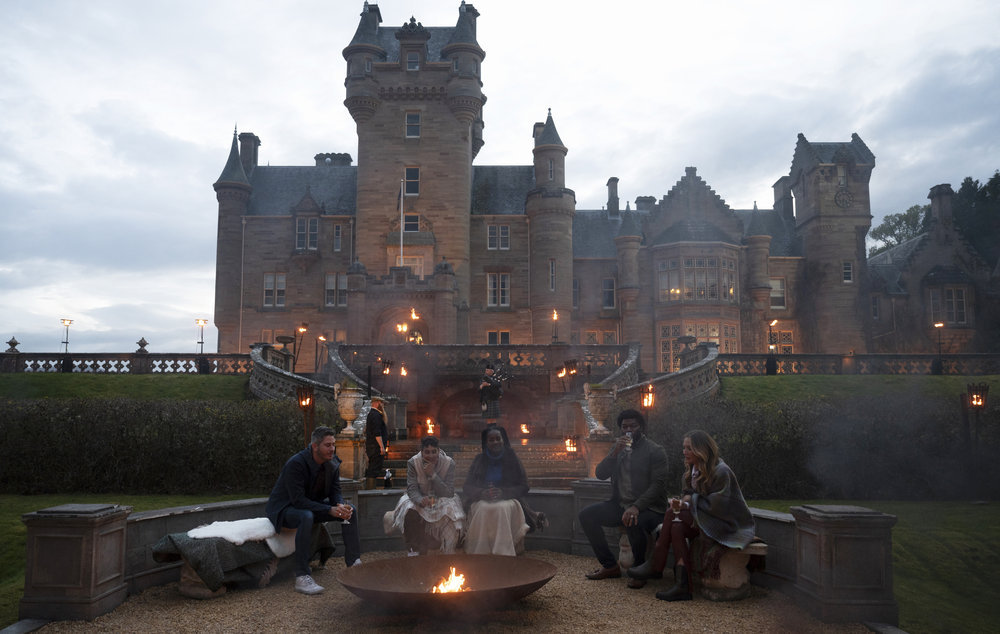
People may come to The Traitors hoping to win a life-changing amount of money, but almost everyone in the U.K. version of the show will have come away with some new friends and stories to tell. The players may all have been strangers, but that much was clear from the very beginning — primarily because the show itself was giving us time to see the bonds forming.
It’s what I like to call “The Bake Off Effect.” The Great British Bake Off — or Great British Baking Show if you’re American — comes across as decidedly more wholesome than your standard American reality game show. Those people are still there to win, and do their darndest to come out on top, but they’re also willing to make friends and help each other out along the way.
The U.S. version of The Traitors wasn’t like that, though I can’t tell whether that’s by design or down to the players’ behavior. The opening sequence was an eye-opener in this regard, because the Brits were all conversing, joking around and having fun with their fellow contestants. The U.S. opening sequence was completely silent by contrast, with the players barely even acknowledging the fact they had company.
By the end of the game there were mentions of players having formed friendships. But this all seemed to happen off-camera, and players readily turned on their friends with little to no hesitation.
That was also apparent after the U.S. team banished a faithful, and expressions of guilt for having sent an innocent person home. This was met with an incredibly callous response that sending people home is the nature of the game, so guilt was pointless. Maybe the U.K. players were much better actors, but it did feel like they were a lot more remorseful in the same situations.
By the end even the British traitors themselves seemed to be almost caving in to the pressure of the game and the guilt of lying to their friends. Money or not, the game was visibly taking its toll on them.
What The Traitors US gets right
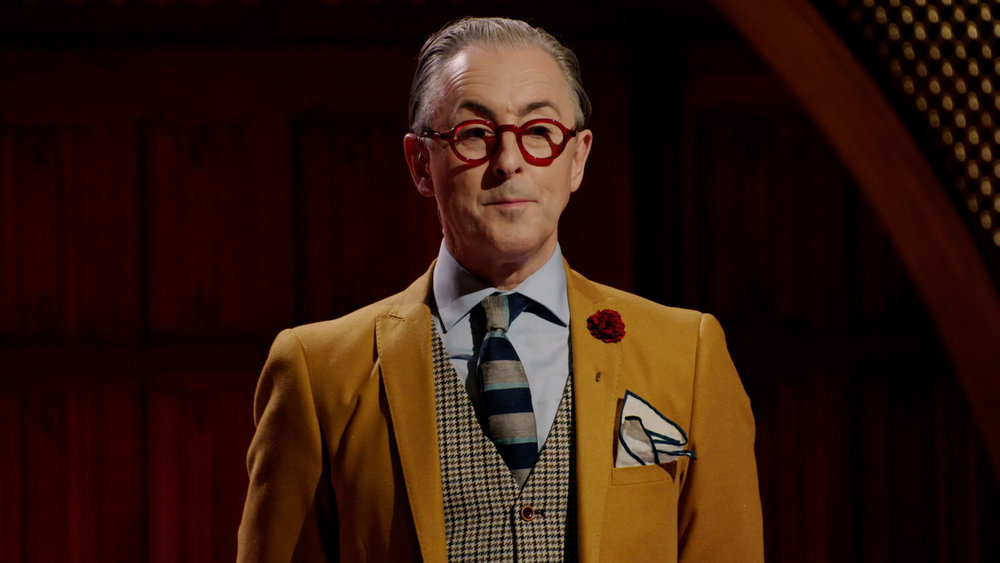
Despite the fact The Traitors U.S. has its flaws, there were still a bunch of things it did better than the British version — the main one being the host of the show. Alan Cumming inhabits the role much more effectively than the U.K.'s Claudia Winkleman.
Winkleman is a mainstay on BBC TV, but she wasn’t the right fit for The Traitors. She has far too kind a personality for a show about murder and betrayal, and the show would have been better off with someone else. Alan Cumming was a lot more sinister and ominous, while still adding a touch of devilish cheek to the proceedings. Plus I like the way he says “murder” in his native accent — no matter what people on social media might say.
Fergus, the alleged groundskeeper of the show’s castle setting, was also totally absent from the U.K. version for whatever reason. While he was still underutilized in the U.S. version of the show, it would be nice to see Fergus take a bigger role in future seasons — or at the very least become the show’s mascot, much like Wes on Netflix’s Nailed It. The U.S. version also skipped the soundtrack composed of moody covers of pop songs, in favor of stuff that’s far less bizarre.
Finally the American version of the show knew just where to end an episode to highlight tension. The Traitors U.K. had a habit of following the same formula each time, and ending right as the traitors choose their latest victim. The Traitors U.S. didn’t do that, often ending on a cliffhanger that would encourage you to tune in for the next episode. Sadly, since Peacock released every episode at once, that effort was mostly wasted.
Bottom Line
Despite how similar people from the U.K. and U.S. might seem, there are a lot of noticeable differences between us. And I’m not just talking about differing attitudes to words with the letter U in them. The Traitors is a good example of that in action, with contestants from either side of the Atlantic acting very differently during their time in the castle.
Overall, I have to say that the British players made for much better television. They may have been there to win the money, but they also got invested in the game and each other along the way. The American contestants didn’t and, frankly, they weren’t nearly as interesting to watch — let alone get invested in. So, future contestants of The Traitors U.S., you’d do well to take a few notes from your European counterparts.

Tom is the Tom's Guide's UK Phones Editor, tackling the latest smartphone news and vocally expressing his opinions about upcoming features or changes. It's long way from his days as editor of Gizmodo UK, when pretty much everything was on the table. He’s usually found trying to squeeze another giant Lego set onto the shelf, draining very large cups of coffee, or complaining about how terrible his Smart TV is.
